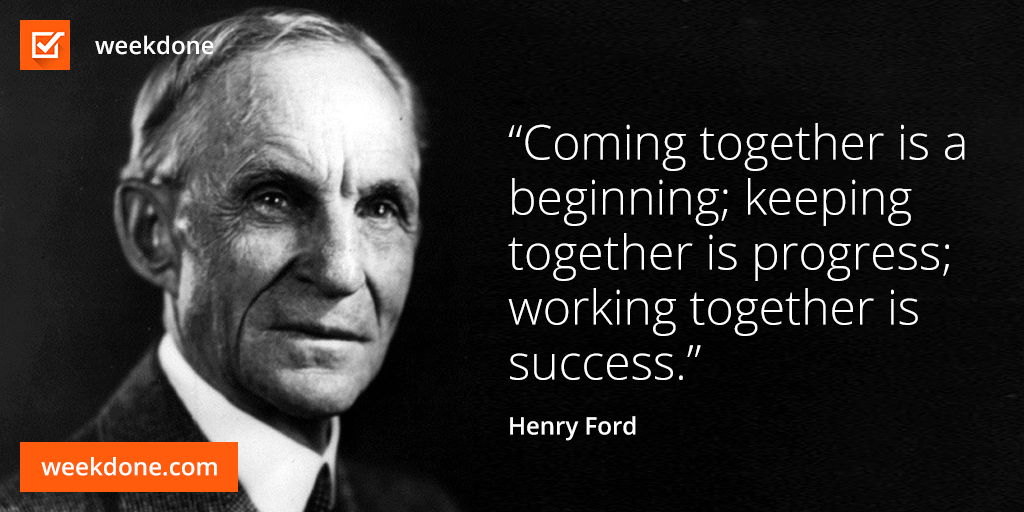When I was at university, I was told communication is the key to any workplace. It remains mostly true, yet, company culture is something broader and more fantastic.
It’s something that leaders and communication specialists have a privilege and duty to work on every day.
Company’s culture consists of many small details. It is the overall attitude of how things are done, but it’s also the principals on which the company has been founded and is being run.
Culture is what makes employees want to stay in your company; it’s what keeps them happy and engaged.
This is especially important as unemployment has gone down and the workforce has more chips in their hands.
As Marty Fukuda puts it,
it’s one of the most effective “hidden” assets a business can hold.
I’m not going to write about monetary bonuses or Facebook-like perks such as on campus barbershops and free gourmet meals.
I’m talking about the things you can use in any company without destroying your budget.
So how to we get the image of a great workplace?
Mission and Values
First of all, leadership must have a clear vision of the company’s culture.
- What do you want to be?
- How will you get there?
- What makes us the best?
Don’t go with “be part of an engaging team and have a positive effect on the world.” Everyone is saying that, and after reading it on a lot of company websites, I still have no idea what it means.
Go with something such as, “All of our team members have at least one day a week to work on personal development projects.”
This is measurable and it’s specific enough to use during interviews when you’re bringing on new talent.
Communicate the Values
Don’t send a communication memo to all employees.
Don’t send them a 100 page SlideShare (even if you made a really cool design for it).
Internal communication is a never-ending process and you should always be talking about your values (and living them).
You also can have a page on your website and on the Intranet (using a tool such as Wordstream) that describes your values, but the real work comes from the attitude and engagement skills of managers and senior leadership.
Communication through Leadership
It’s vital all the employees know how their work affects their co-workers and why it’s important to the company.
It increases the overall feeling of togetherness and, with that, engagement.
Workers who understand what and why they are doing, are 93 percent more likely to work for success.
We have weekly team meetings where everyone talks about their plans, progress, and problems.
For bigger teams, an online collaboration tool is needed that allows employees to share their work and ideas the same way social media does.
Though not everyone feels at home using Facebook and Twitter, that tide is quickly changing. Use similar systems at work to communicate.
Building company culture is a lot like creating an online community.
You must take care of everyone and for that the best and most cost-effective tool is communication.
